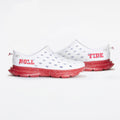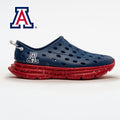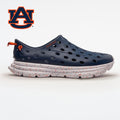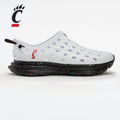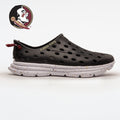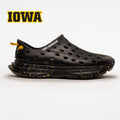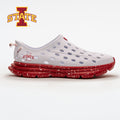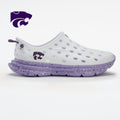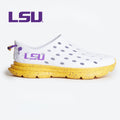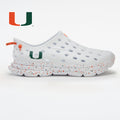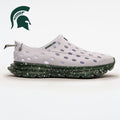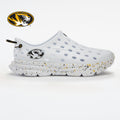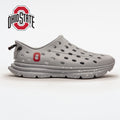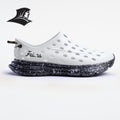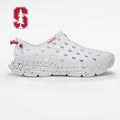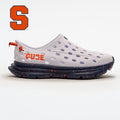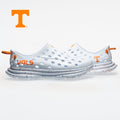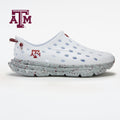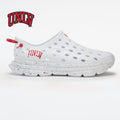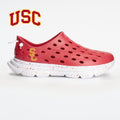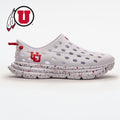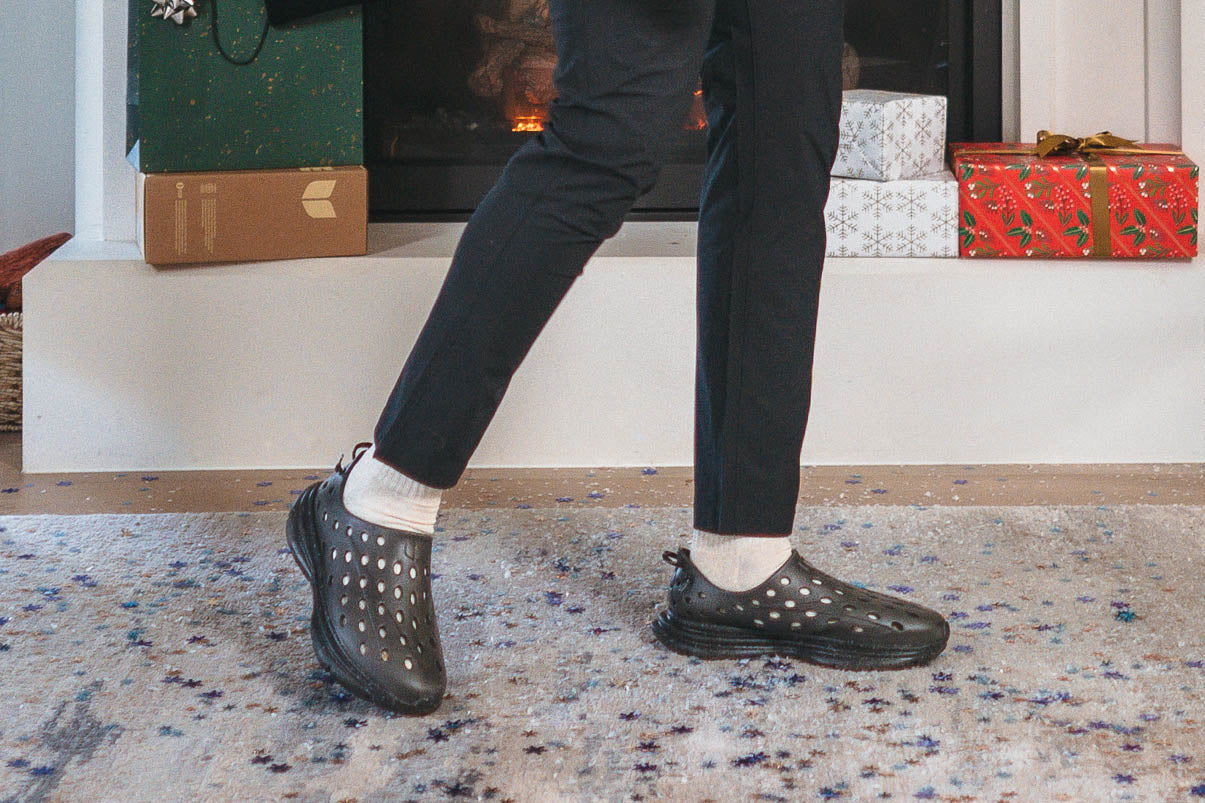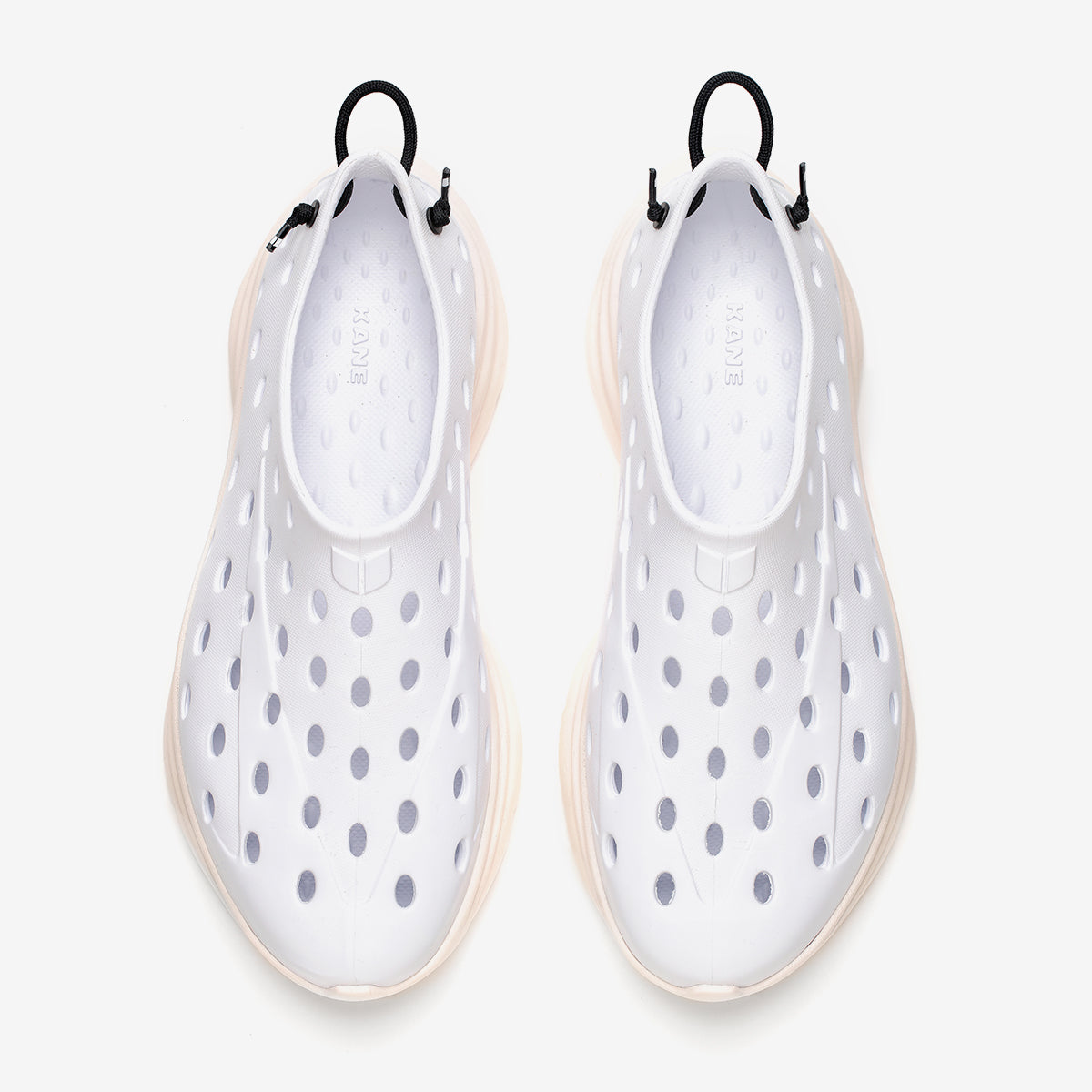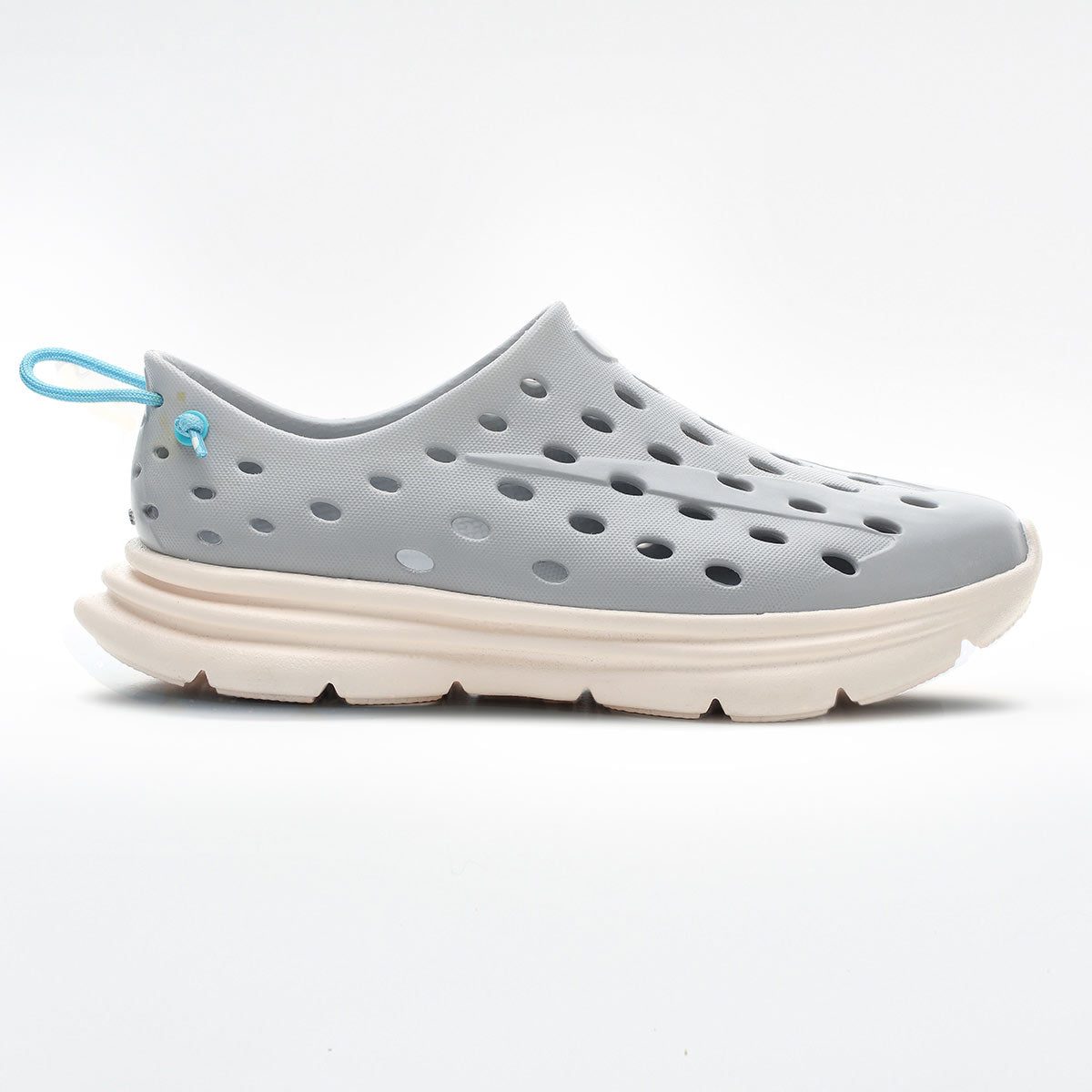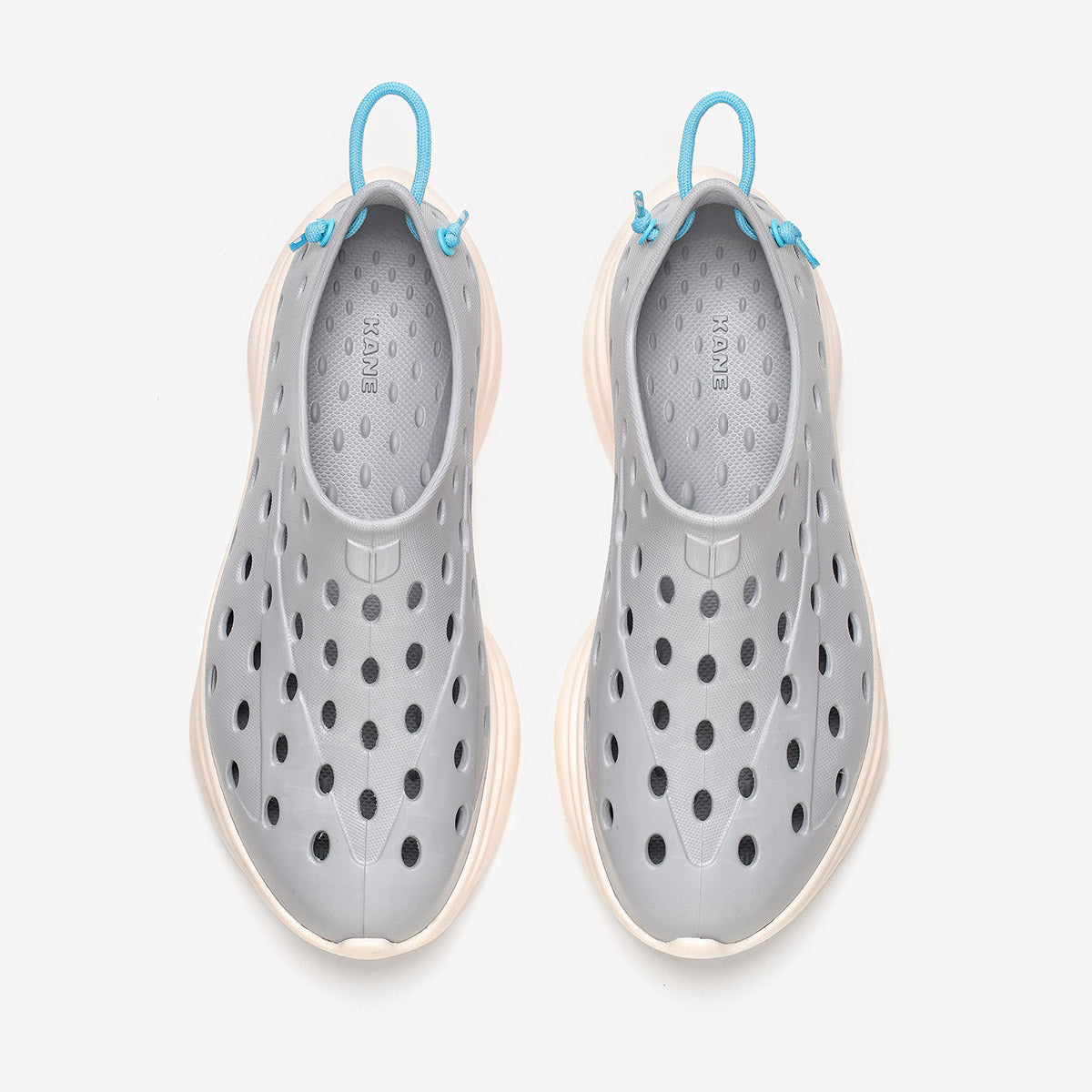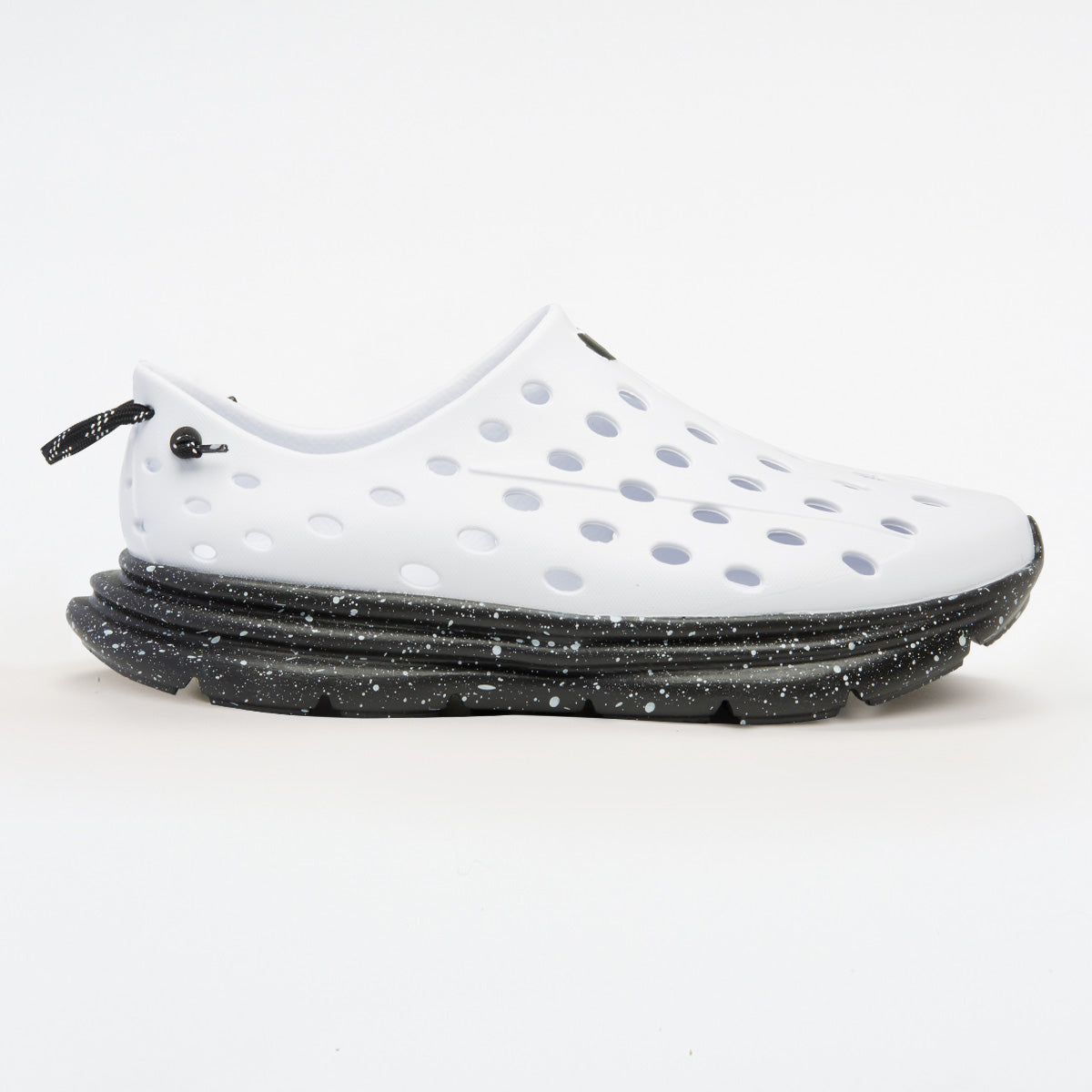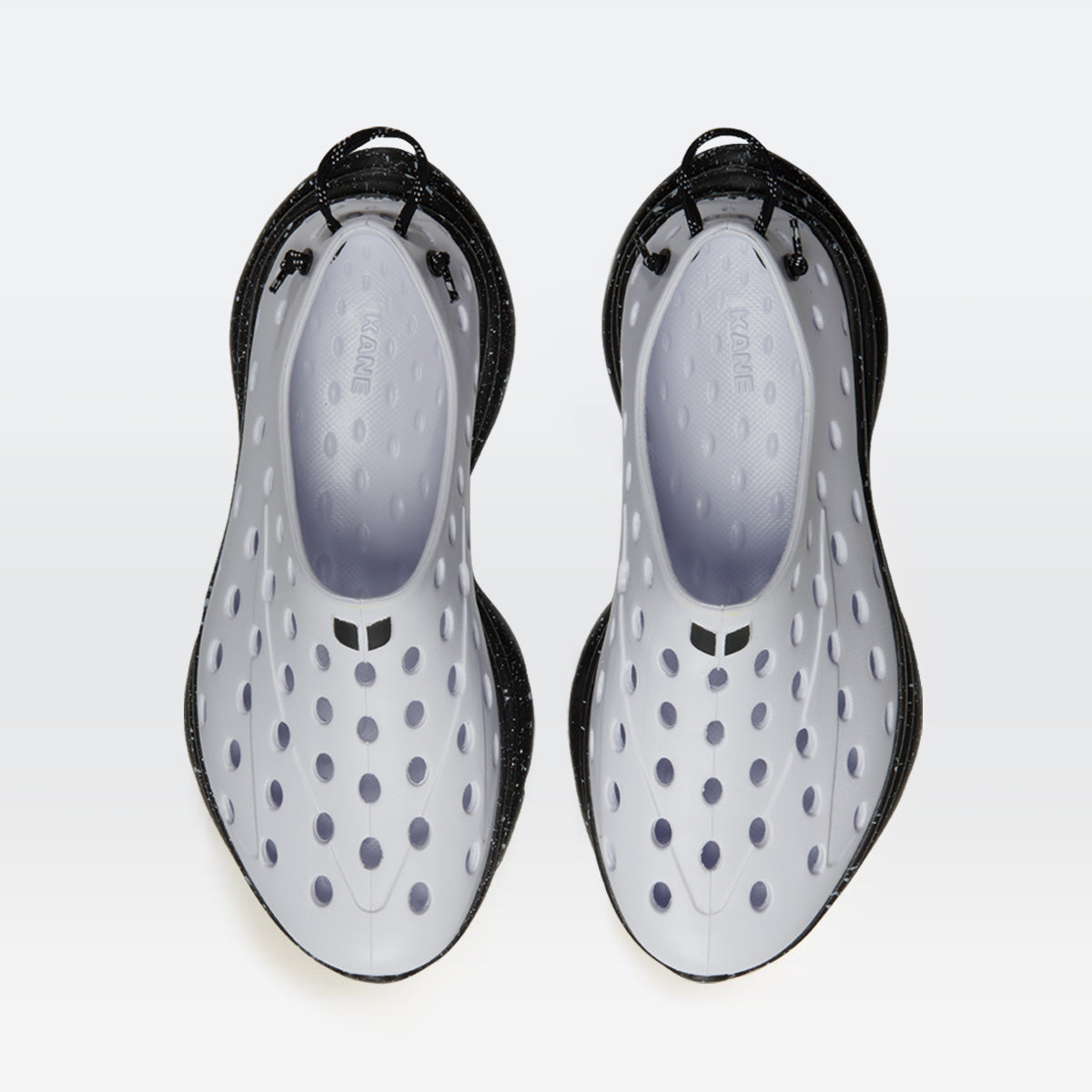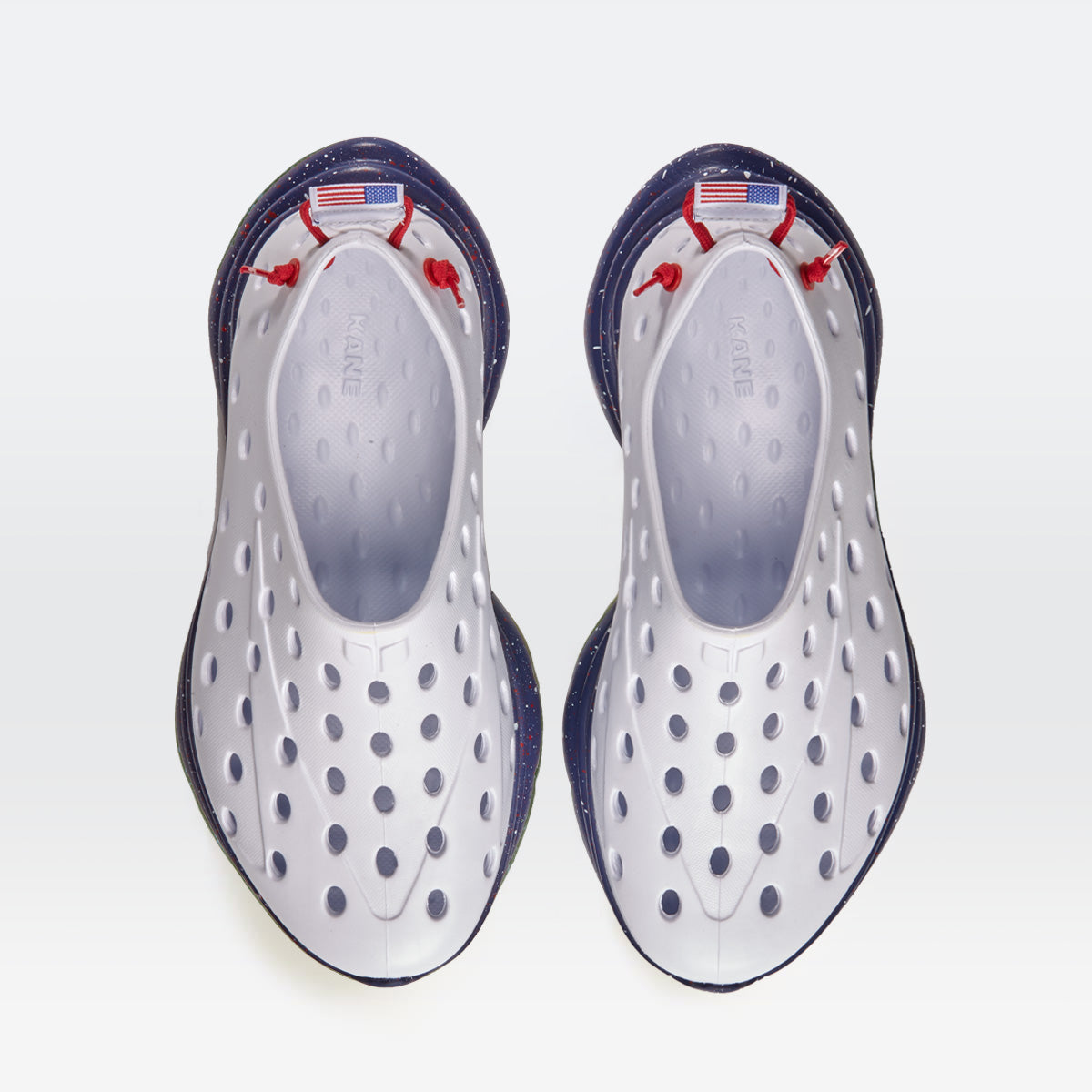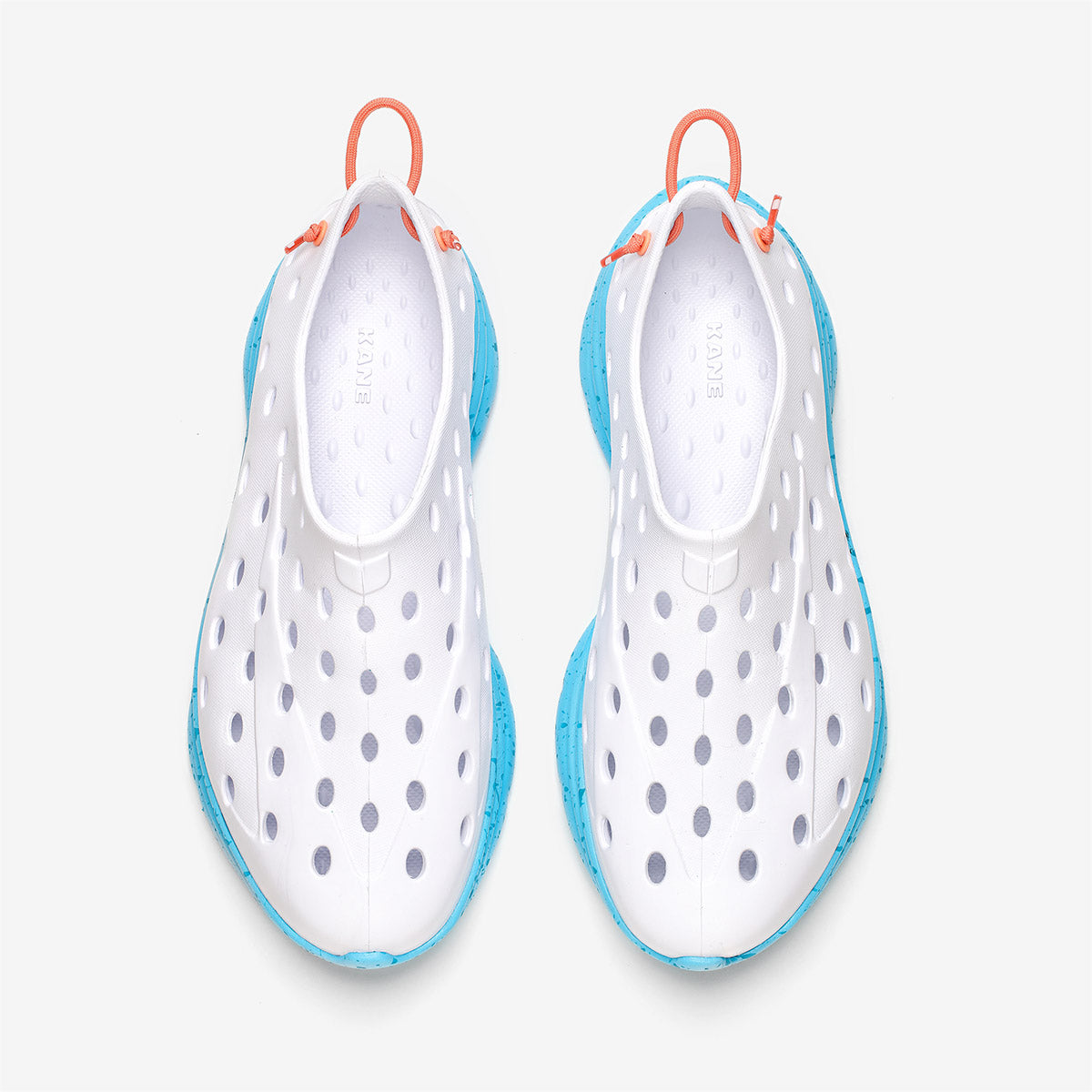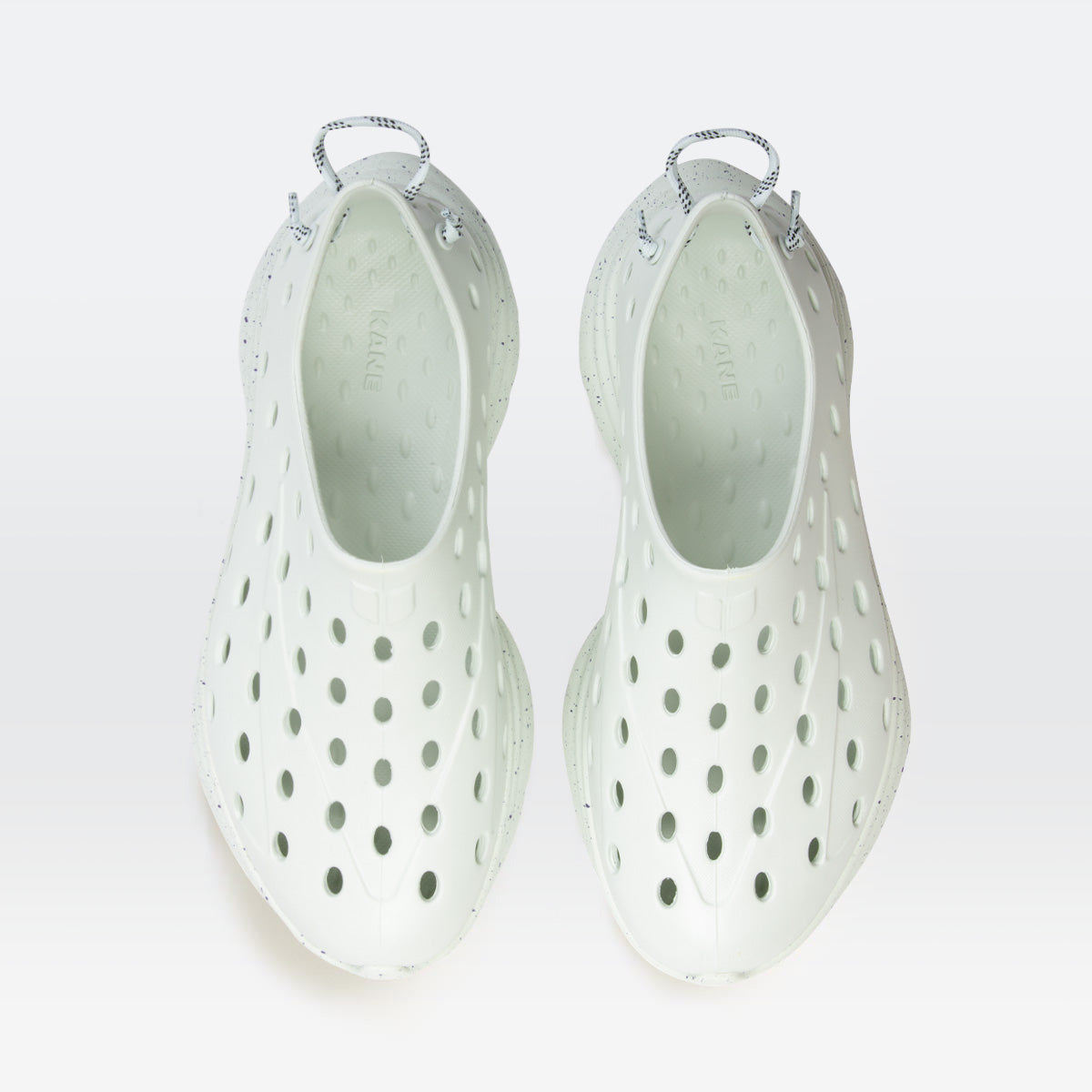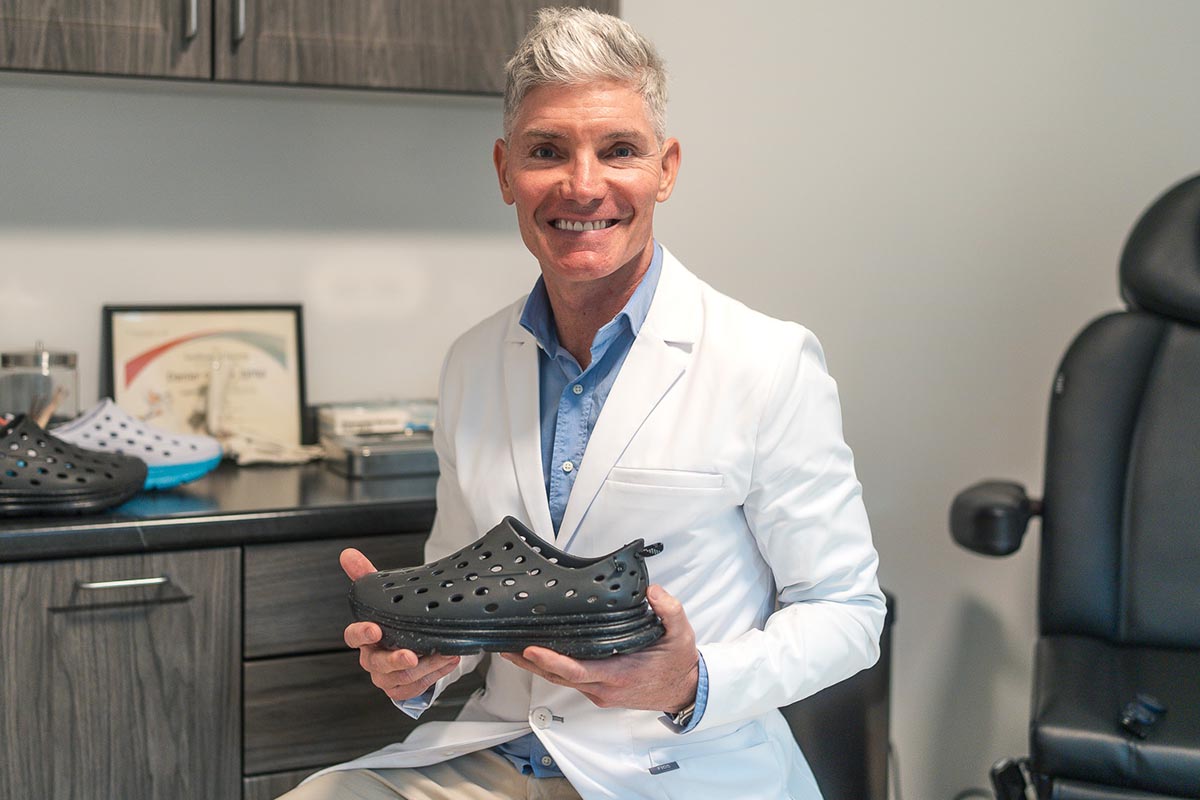For runners, finding the balance between training hard and recovering smart is vital to long-term success. Whether preparing for a marathon or working on shaving seconds off your time, active recovery is essential. It helps your body heal after intense sessions and enhances overall performance while preventing injuries. Explore why active recovery matters, how to integrate it into your workout routine, and the best strategies to keep you running strong.
What is active recovery for running?
Active recovery refers to engaging in low-intensity exercises that keep your body moving without the strain of a full workout. Unlike passive recovery, where you focus on complete rest, active recovery workouts promote blood flow and muscle repair while allowing you to stay active. This can be a game-changer for runners, offering a way to recover between intense workouts while improving endurance, flexibility, and strength.
Benefits of active recovery for running
The path to becoming a better runner doesn’t only involve pushing harder during workouts; it also depends on how well the body recovers. Recovery, particularly active recovery, is an often overlooked but critical component of a well-rounded fitness routine.
Engaging in active recovery sessions provides multiple benefits. They help runners bounce back faster after intense workouts while reducing the risk of injury. Unlike passive recovery, where you give your body complete rest, active recovery refers to maintaining gentle movement, allowing the muscles to stay engaged to promote healing and repair without added stress.
By incorporating active recovery routines strategically into a training schedule, runners can boost endurance, prevent overtraining, and stay consistent in their progress. Here's an overview of the benefits:
Increases blood flow: Gentle movement during active recovery days helps to keep blood flowing to sore muscles, delivering oxygen and nutrients that promote muscular repair
Reduces muscle soreness: By incorporating active recovery workouts, runners can alleviate muscle soreness and stiffness that often follow strenuous workouts
Prevents injuries: Regularly scheduling active recovery workouts into your routine reduces the risk of overuse injuries by allowing muscle fibers to heal and rebuild
Promotes flexibility: Low-intensity activities like gentle stretching or foam rolling enhance mobility and flexibility, helping you avoid tightness in key muscle groups
Supports mental well-being: Taking time to focus on active recovery on a rest day can be a mental reset, lowering stress levels and keeping motivation high for your next challenging workout
Best active recovery techniques for runners
Incorporating effective active recovery techniques into a running regimen is essential for optimizing performance and enhancing overall fitness. While many runners focus primarily on high-intensity training and pushing their limits, the importance of recovery cannot be overstated.
Active recovery workouts facilitate the healing process and allow the body to adapt to increased training loads. By choosing the proper techniques, runners can keep their muscles engaged and promote optimal blood circulation, ultimately leading to faster recovery times and improved performance.
Various activities, from yoga to swimming, cater to different fitness levels and preferences. Exploring these techniques enables runners to discover what works best for their individual needs, making recovery an integral part of their running journey. Here are some active recovery techniques to consider:
1. Yoga
Yoga offers a holistic approach to recovery, combining physical postures, breathing exercises, and meditation. It can be particularly beneficial for runners in addressing muscle tightness and enhancing flexibility. Many yoga poses specifically target key muscle groups that runners often overuse, such as the hips, hamstrings, and calves.
By incorporating active stretching and controlled breathing, yoga helps alleviate muscle soreness and promotes relaxation. Moreover, the meditative aspect of yoga encourages mental recovery, allowing runners to reset their minds after demanding workouts. Regular yoga practice can lead to better alignment, improved posture, and a deeper awareness of the body, all of which contribute to enhanced running performance.
2. Swimming
Swimming is an excellent active recovery workout that offers a full-body exercise experience without the stress associated with running. Water's buoyancy supports the body, making it a low-impact option that’s easy on the joints while still providing resistance for muscle engagement.
Whether opting for a relaxed lap swim or gentle water aerobics, swimming helps maintain blood circulation and promotes muscle relaxation, making it a perfect activity after intense running sessions. Additionally, the rhythmic nature of swimming encourages controlled breathing, which can aid in reducing stress and promoting overall well-being. This full-body workout is ideal for runners seeking to enhance endurance while allowing for proper recovery.
3. Cycling
Cycling, especially at a relaxed pace, is an excellent way for runners to engage in active recovery while minimizing leg strain. Using a stationary bike or cycling outdoors allows runners to keep their heart rate elevated without the impact of running. This light cardio session increases blood flow to the muscles, which helps remove metabolic waste and reduce muscle soreness.
Additionally, cycling helps strengthen the lower body and core, improving overall fitness and running efficiency. By incorporating cycling into a recovery routine, runners can maintain cardiovascular fitness and enjoy a break from the high-impact nature of their primary sport.
4. Walking
Walking is one of the simplest yet most effective forms of active recovery. It requires no special equipment, and runners can easily integrate it into their routine. Taking a stroll encourages light movement, which helps promote blood flow to the legs and aids in recovery. Walking can be particularly beneficial after long runs or intense workouts, as it allows the muscles to loosen up and gradually reduces stiffness.
Additionally, this low-intensity activity promotes mental relaxation, providing an opportunity to unwind and reflect on training goals. Whether a short walk around the neighborhood or a longer hike in nature, walking can be a restorative activity that complements a runner's recovery plan.
How to incorporate active recovery into your running routine
Integrating active recovery into your routine ensures you recover properly between intense sessions. Here’s how to make it work:
1. Post-run recovery
After a strenuous workout, take a few minutes for active recovery exercises like foam rolling or jogging rather than jumping straight into a complete rest day. This will help to flush out lactic acid and reduce stiffness.
2. Active recovery days
Make space in your training schedule for active recovery days, particularly after an intense exercise session. Focus on low-intensity activities like stretching, swimming, or walking to support your body's recovery process.
3. Active recovery during rest days
Even on rest days, staying active with light jogging or using a foam roller is beneficial. These low-intensity exercises will ensure you maintain blood flow to your muscles, helping them heal without overexerting yourself.
Active recovery exercises to improve flexibility and strength
Active recovery isn’t just about recovery—it can also improve your performance. Here are some active recovery exercises that promote both flexibility and strength:
Dynamic stretching: Incorporate dynamic stretches, such as leg swings and lunges, before and after runs to prevent injury and enhance flexibility.
Foam rolling: A foam roller targets tight muscles and improves circulation. This technique, also known as self-myofascial release, helps reduce soreness and promotes muscle growth and repair.
Bodyweight exercises: Include low-resistance movements like squats and lunges to build strength in key muscle groups without placing strain on the body.
The role of footwear in active recovery
Footwear plays a vital role in your recovery routine. Wearing supportive, cushioned shoes designed for recovery activities can reduce stress on your muscles and joints. Whether doing cardio or walking, the right shoes can prevent injuries and ensure your feet remain comfortable during active recovery activities.
Discover Kane Recovery Shoes!
Kane’s recovery shoes provide excellent support, comfort, and durability for those in need of top-notch recuperative footwear. Featuring an adjustable hook-and-loop single-strap synthetic upper, plush TPR footbed, and durable injected EVA outsole, these kicks come with all the right features to assist you during your rehabilitation journey.
Aside from providing quality products, they are also committed to sustainability. They have become a Certified B Corporation while dedicating 1% of their overall profits to environmental charities.
When and how to wear Kane Revive
The best moment to wear most recovery shoes is directly after a strenuous activity such as running or exercising. This helps minimize inflammation and launch the healing process. To guarantee maximum comfort and effective recuperation, make sure that you are wearing your footwear correctly by tying up laces securely for a snug fit around your feet.
Common mistakes to avoid in active recovery
Even though active recovery is beneficial, there are some common pitfalls to watch for:
Overdoing it: Remember, active recovery involves low-intensity movement. Avoid turning recovery days into full workouts, which can lead to injuries.
Skipping recovery: On the flip side, neglecting recovery can delay healing and increase the risk of injury. Make time for active recovery to stay balanced, no matter your fitness level.
Improper technique: Whether using a foam roller or dynamic stretching, maintain proper form to reap the full benefits and avoid strain.
Active recovery for different types of runners
Every runner can benefit from active recovery, but the approach may vary based on experience and goals.
Beginners: New runners should focus on gentle physical activity, such as walking and light jogging, to allow their bodies to adapt gradually
Experienced runners: More seasoned runners can engage in a wider variety of active recovery exercises, incorporating yoga and low-intensity strength training into their fitness routine
Long-distance runners: For marathoners, prioritizing active recovery workouts after long runs is crucial for reducing muscle soreness and promoting muscle protein synthesis
Conclusion
Runners at all levels can benefit greatly from integrating active recovery into their routines. Not only does it promote faster recovery after strenuous exercise, but it also prevents injuries, improves flexibility, and enhances overall performance. By focusing on post-exercise recovery techniques, including stretching and light cardio, you’ll be better prepared for your next run. So, whether you’re a beginner or an experienced runner, make active recovery part of your fitness routine to stay strong, healthy, and injury-free.
Frequently asked questions
What is active recovery for running?
Active recovery is a strategy where runners engage in gentle activities to aid recovery from intense workouts. Instead of taking a complete rest day, active recovery helps promote circulation, reducing soreness and speeding up recovery. Unlike passive recovery, where the body rests entirely, active recovery involves activities such as jogging, cycling, or self-myofascial release exercises like using a roller massager. Fitness professionals, including NASM-certified personal trainers, recommend it because of its many benefits, such as improved muscle recovery, reduced muscle tension, and enhanced performance in subsequent training sessions. This approach helps runners maintain their workout routine while allowing the body to heal.
What are examples of active recovery?
Examples of active recovery include cardio exercises like walking, swimming, or cycling at a low pace. Gentle yoga and self-myofascial release using aids, such as massage balls, are also effective. These activities aim to increase blood flow to muscles without causing further fatigue. Incorporating gentle activities after an intense workout helps maintain flexibility and reduce muscle stiffness. Strength training with light weights and stretching are other options. Active recovery should be an easy effort that promotes recovery while keeping your body moving. For runners, jogging or using a stationary bike are ideal options for an active recovery day.
Can you run on an active recovery day?
You can run on an active recovery day, but do it very gently. The goal is to move without pushing your body toward exhaustion. Many runners jog at a pace that allows for a steady conversation, focusing on promoting blood flow without overexertion. It’s a great way to keep your body moving after an intense or high-intensity interval workout. Listen to your body—don't turn the session into a vigorous workout. Fitness experts, like a certified personal trainer, can help guide you to the right intensity level for your active recovery workout.
What is the best recovery for running?
The best recovery for running combines both active recovery and passive recovery methods. Active recovery workouts, such as jogging and other low-intensity exercise, help promote blood flow and reduce soreness after a strenuous workout. Incorporating adequate sleep, proper nutrition, and hydration supports your body's ability to heal and prepare for future runs. A balance between active and passive recovery activities, like a passive rest day, allows your muscles to repair. Working with a certified personal trainer or following advice from sports medicine experts can help you design the best workout routine to prevent injury and enhance performance.







